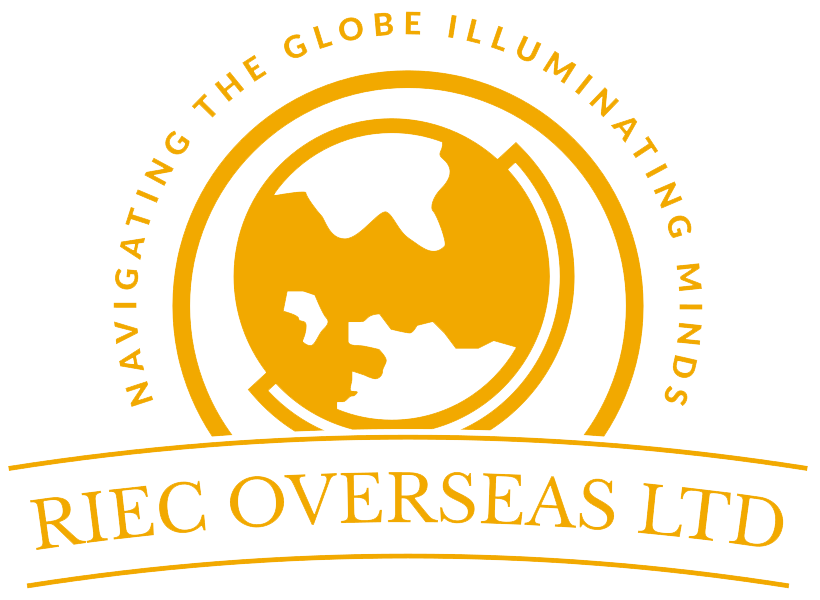Financial Study in USA
Here’s a comprehensive guide for all International students who want to study in the USA
Study in USA
Home to diverse ethnicities, highest number of top-ranked universities, and picturesque landscapes, the USA is truly a land of opportunities. Choosing to study in the USA offers you a wonderful avenue for growing academically, culturally, and socially.
Know all about the intakes available in the USA
| Intake | Duration |
| Fall Term | From August to December |
| Spring Term | From January to April |
| Summer Term | From May to August |
Student visa requirements for the US
He US Government offers three different student visa types:
S.No. | Types of student visa | Description |
1 | F-1 Student Visa | to study at an accredited US college or university or to study English at an English language institute |
2 | J Exchange Visa | for participation in an exchange program, including high school and university study |
3 | M Student Visa | for non-academic or vocational study or training in the US |
How much will it cost to study in the US?
School | Tuition fees in USD (indicative) |
English language studies | $700 to $2,000 a month |
Community colleges | $6,000 to $20,000 per year |
Undergraduate | $20,000 to $40,000 per year |
Graduate programs | $20,000 to $45,000 per year |
Doctoral degree | $28,000 to $55,000 per year |
Top Courses to Study in the US

Business Development

Engineering

Economics

Economics

Information Technology (IT)

Health and Medicine

Physics

Biological and life Sciences

Environmental Science
Education system in the USA
Let’s find out how the American education system works
Home to the maximum number of international students, the US provides a diverse range of courses for all study levels. Here’s a rundown on the education system of the US.
Study levels in the US
- Elementary school
- Middle school/Junior high school
- High school
- Higher education
Here's an overview of the qualifications available in the US:
Qualification | Duration | Description |
Associate degree | 2 years | Job oriented programs that allow a graduate to launch a career, it is also equivalent to first two years of a 4-year bachelor’s degree |
Bachelor’s degree | 3 – 4 years | Undergraduate degree that includes core courses, major, minor and elective. The four years are known as Freshman, Sophomore, Junior and Senior. |
Master’s degree (Professional) | 1 to 3 years | Leads students from first degree to particular profession; duration depends on field of study |
Master’s degree (Academic) | 2 years | Generally awarded in traditional disciplines of humanities, arts, and science; may lead students to doctoral programs |
Doctorate or PhD | 5 to 8 years | Completed under the supervision of faculty advisor, PhD is awarded on completion of dissertation and successful defence before a panel of faculty members |
Types of institutions
There are various types of institutions in the US that provide quality education. These can be categorised into:
Colleges
Smaller than the universities, colleges generally provide undergraduate degrees. Community colleges, an affordable study option in the US, offer two-year associate degrees after which you can continue your studies in the university for another two years to gain an undergraduate degree.
Universities
Offer research-based masters, doctoral and post-doctoral degrees. There are mainly two types of universities in the US:
Public universities: Mostly state universities, established and run by the state government
Private universities: A mix of profit and not-for-profit supported by tuition fee and donations; approximately 20% of students attend private universities
Universities may further be categorised into:
Type of university | Description |
Ivy League | Ivy League, which is actually a sports conference of eight private colleges in the Northeast includes some of the oldest American institutions. These are perceived to be some of the most esteemed places to study and therefore extremely competitive for admissions. |
Public Ivies | Group of over 30 state-funded or public universities in the US. Although this is not an official classification of universities, these universities have earned their reputation and are considered prestigious and academically rigorous. Education costs are slightly lower than the Ivy League universities. |
Liberal Arts Philosophy | This philosophy promotes a well-rounded academic education that develops the overall thought process of students. The courses begin with a wide variety of courses in humanities, languages, arts and the social sciences before specialising in a particular field. The primary focus for faculty is on undergraduate teaching rather than research, with a small student population and high student to faculty ratio. |
Specialist institutions | universities and institutes that specialise in providing degrees in a certain field such a degrees in music, visual and applied arts, etc. |
Land Grant Colleges and Universities | Large, publicly-funded universities |
Research Intensive Institutions | Universities offering the highest level of research and are a good starting point for students seeking doctoral degree. |








